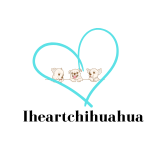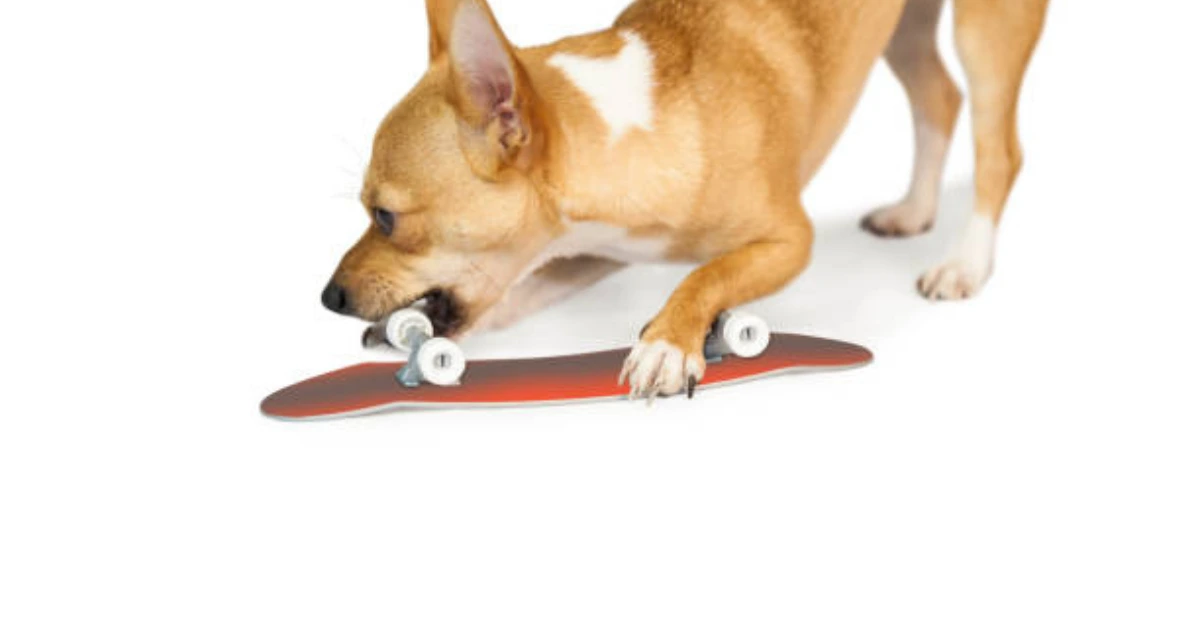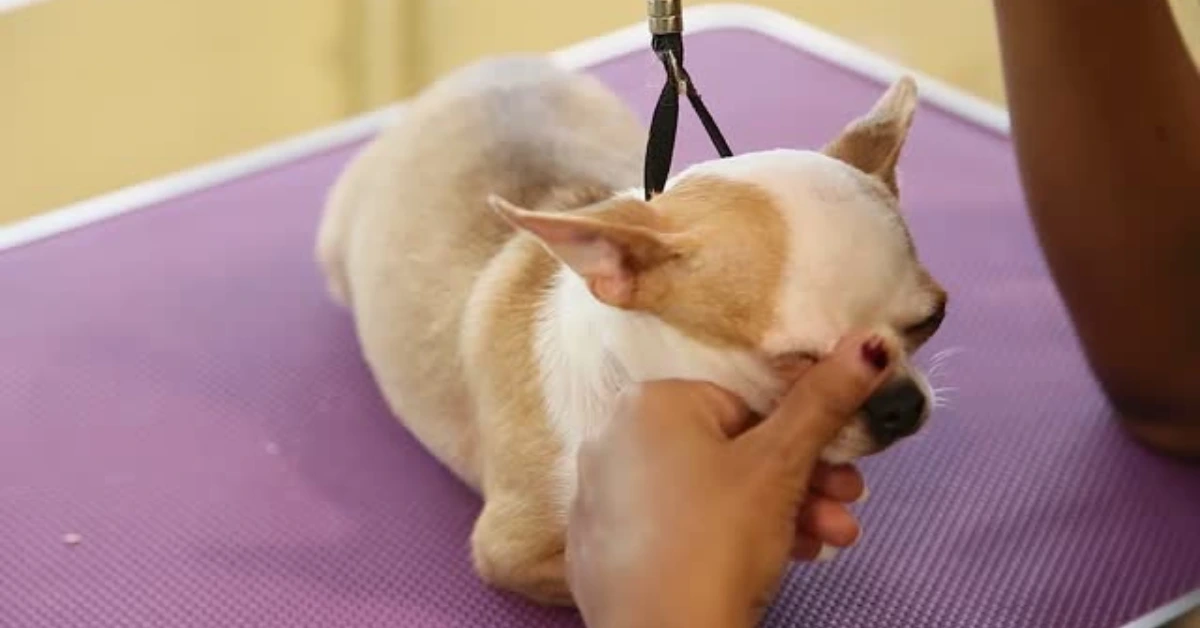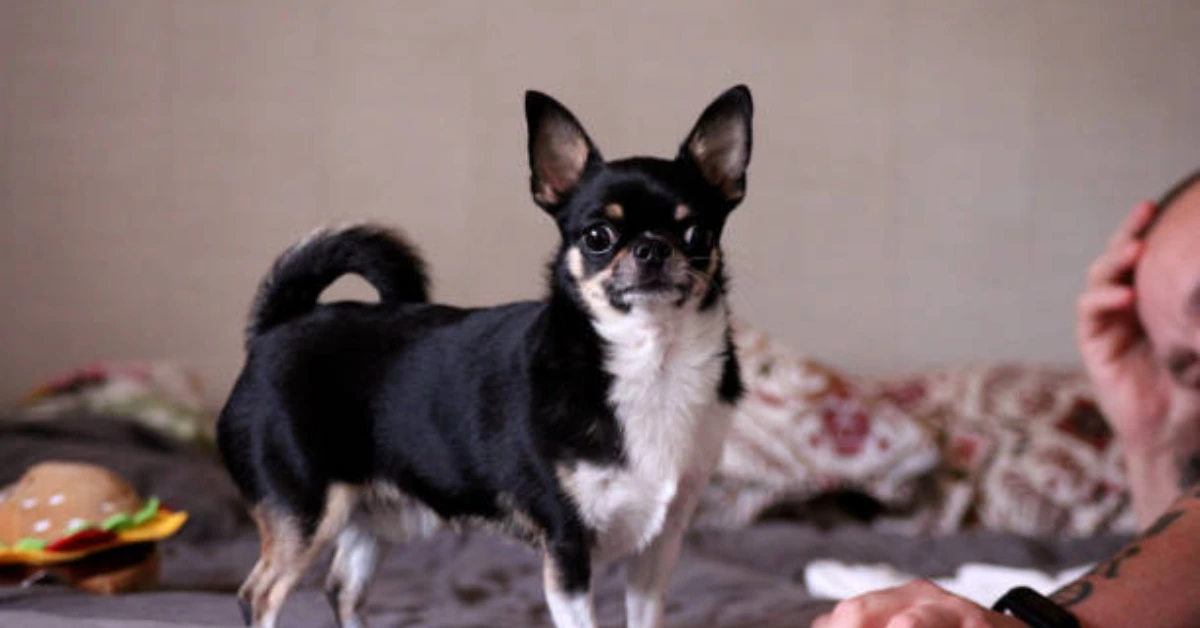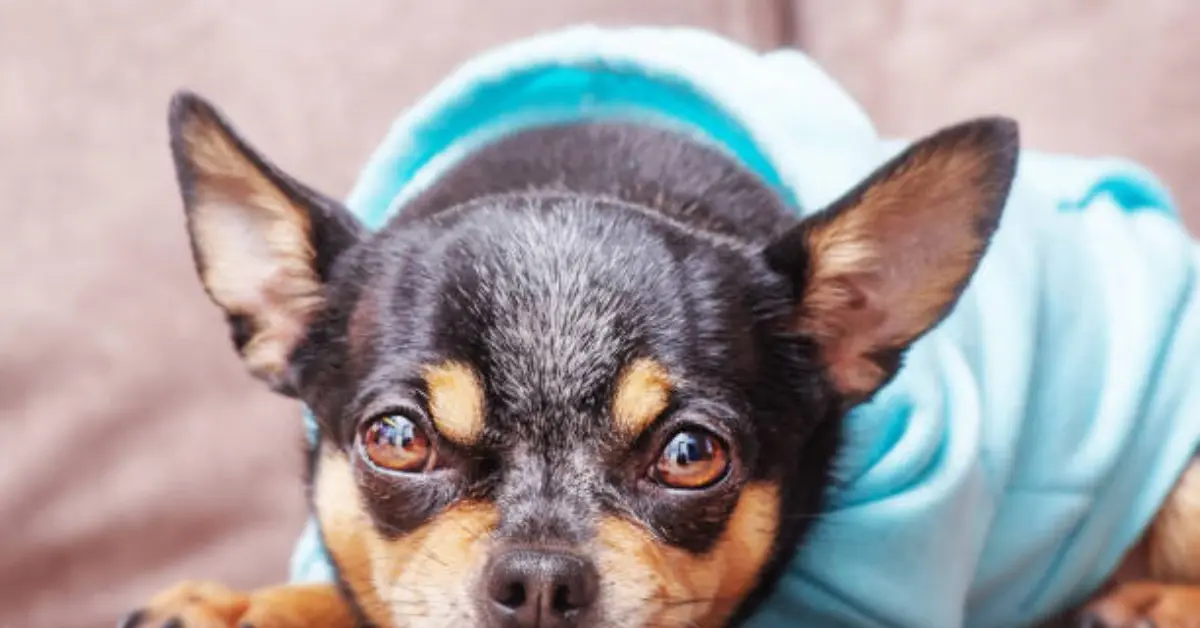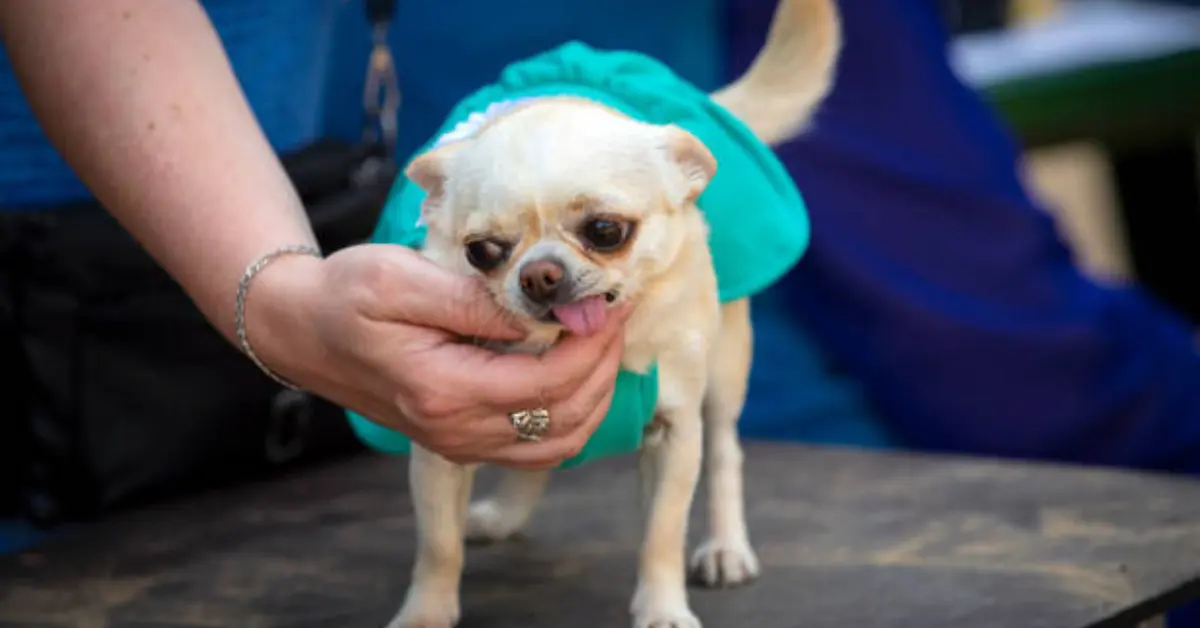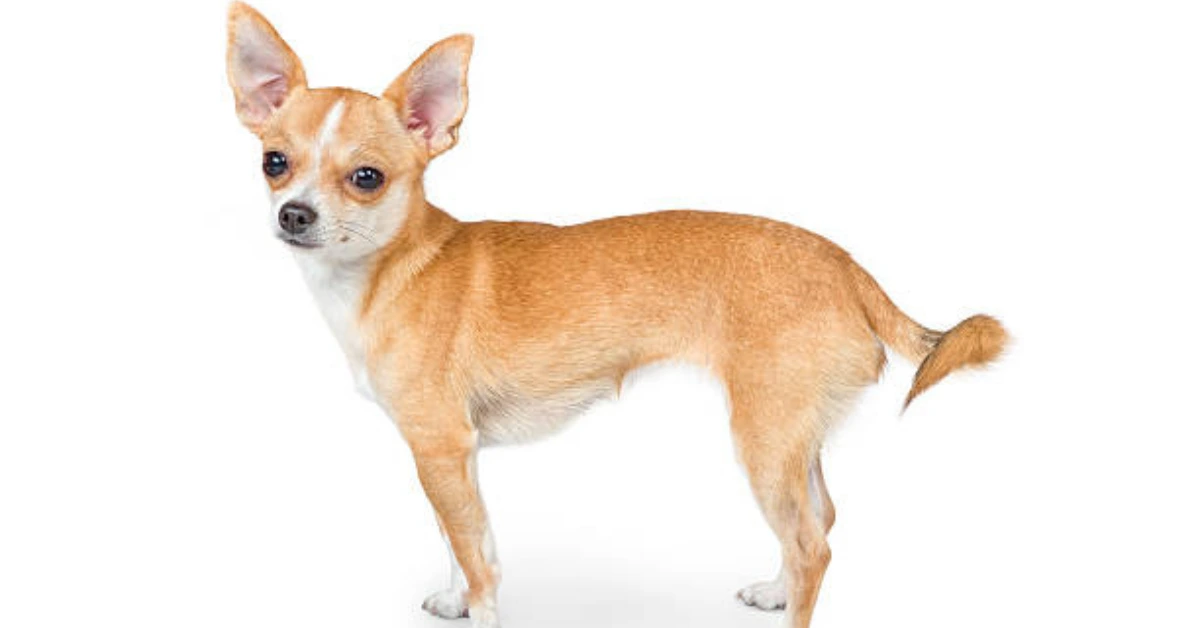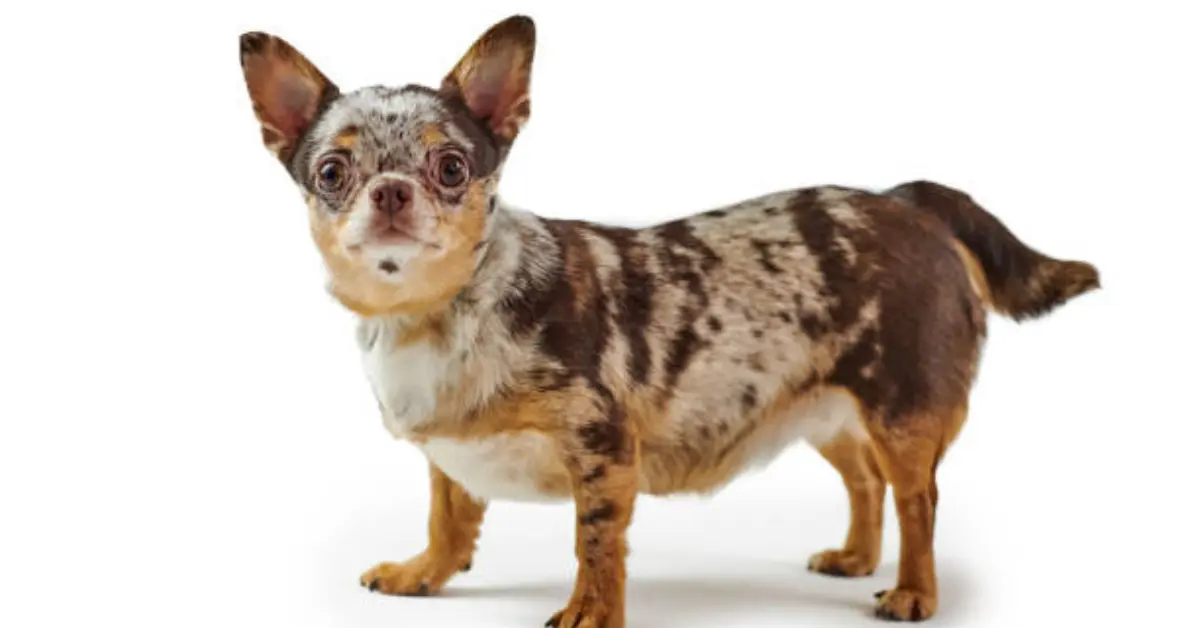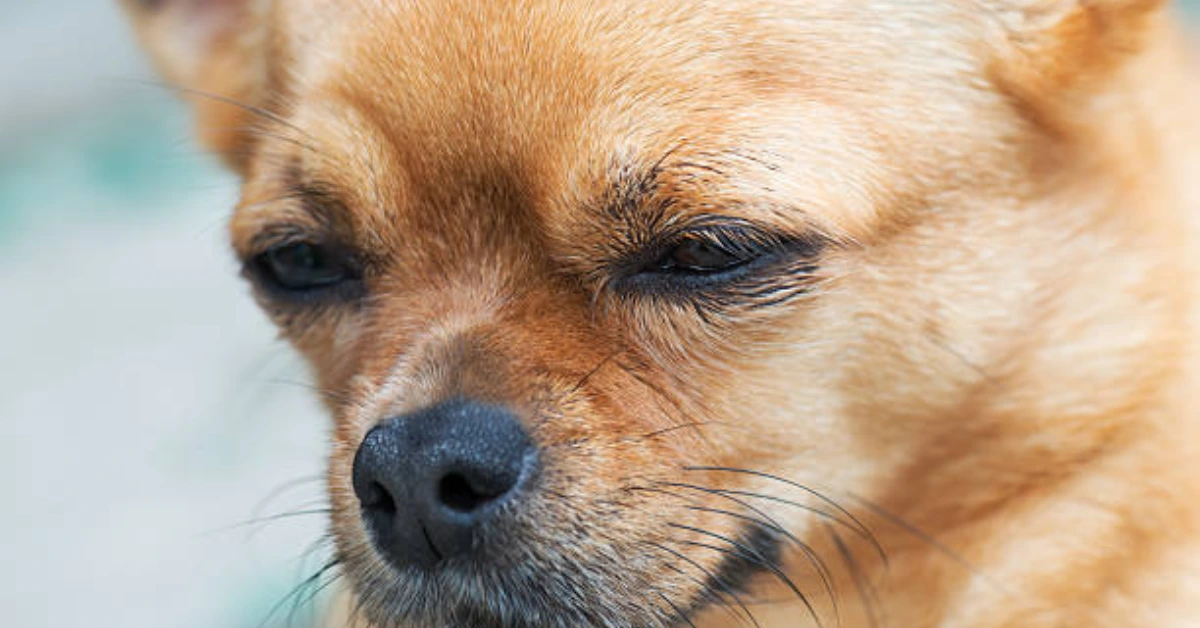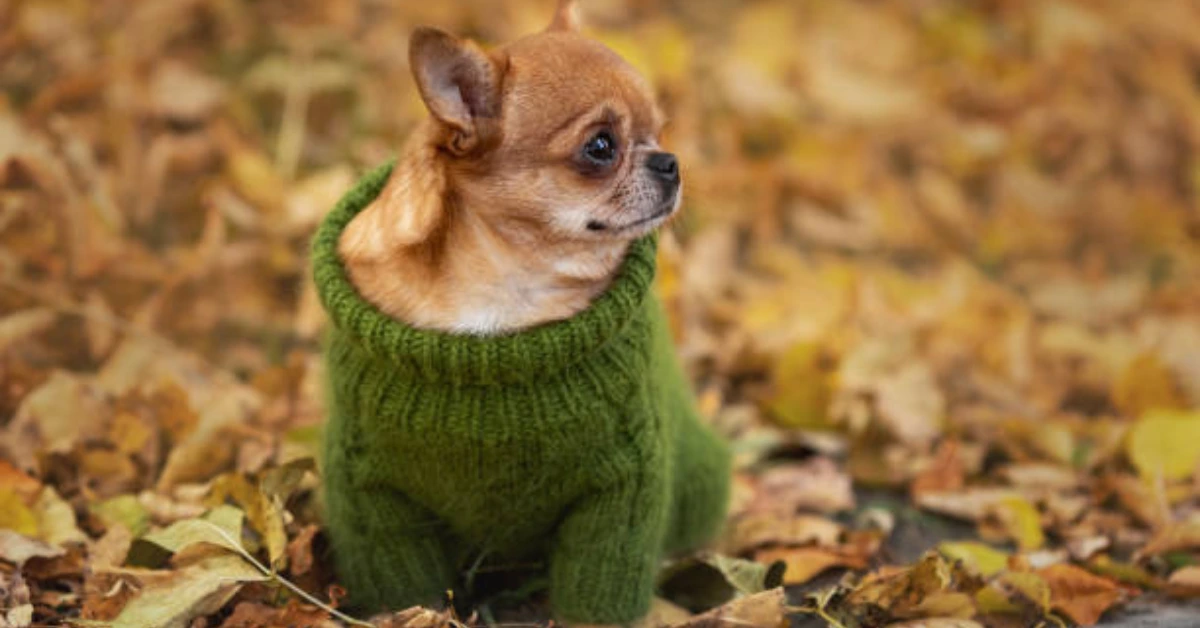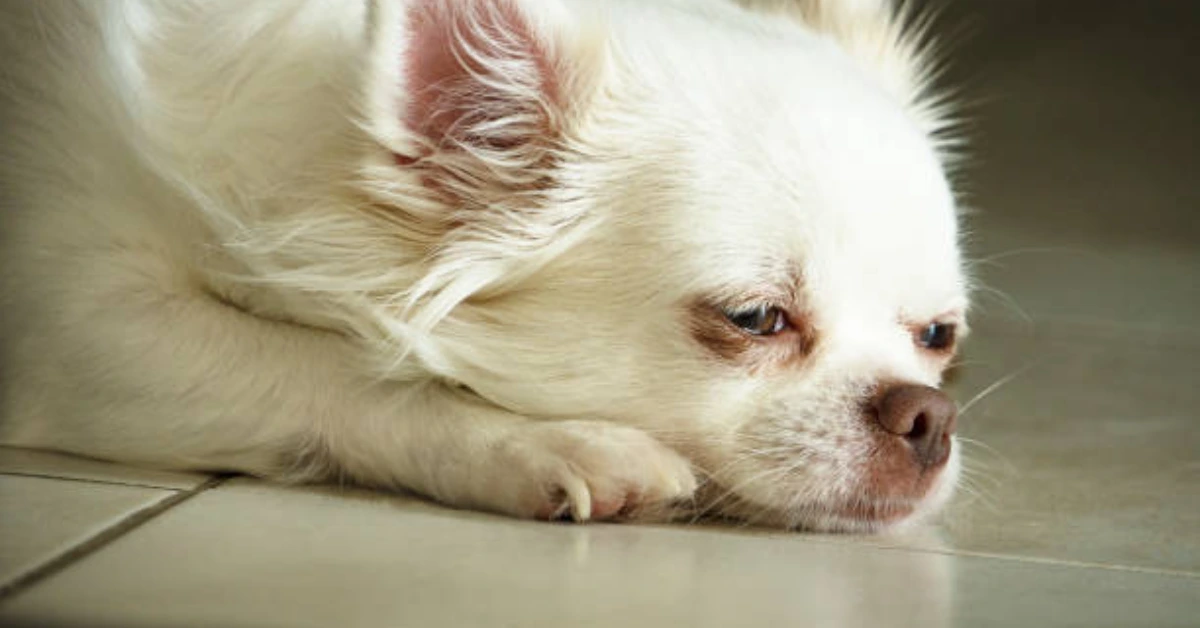Nothing is off limits when a Chihuahua exhibits destructive chewing behavior. Pee pads could be torn, furniture could be chewed on, and pretty much everything that isn’t a toy that’s within the Chihuahua’s grasp could be attacked.
For a variety of reasons, such as teething, to relieve boredom or restlessness, or as a stress-reduction strategy, chihuahuas may gnaw on objects.
Regardless of the underlying reason, this section will outline the precise procedures for stopping a Chihuahua from chewing on both tiny and major items in the home.
Advertisement
What Causes Destructive Chewing Behavior?
1. Teething. At this stage, the puppy’s 28 deciduous teeth—also referred to as puppy teeth or milk teeth—fall out while the 42 permanent teeth erupt; this sometimes leads in excruciating pain and overwhelming cravings to chew.
2. Disinterest. When dogs are bored, they don’t have many options. They can try to occupy themselves with what is available to them or take a nap. Chewing things up usually helps pass the time when there aren’t any suitable options.
3. Distress. This entails having a great desire to exercise and pent-up energy without an appropriate outlet. Then, this irritation could be focused on tearing apart or biting through non-toy objects.
4. Tension. A dog will use one of various coping techniques, such as excessive barking, self-licking, or destructive chewing, while under stress. Dogs that are left alone at home or who don’t spend much time with their owners tend to exhibit this more frequently.
How to Stop Destructive Chewing in your Chihuahua
1. Set an environment of calm
Dogs can get fired up in homes with a lot of noise and chaos. When this is combined with not getting enough attention or contact, tension can build up and show up as destructive chewing.
There will be some noise and activity in every home, but try to limit TVs, music, and yelling that are too loud. If there is a lot of foot traffic, noisy kids playing, or other noises that bother your Chihuahua, giving them a quiet place to go can help.
3. Assist your Chihuahua in fulfilling its exercise needs
Every dog has a certain amount of energy, and if it isn’t allowed to be released constructively, that restlessness will show itself as destructive chewing, among other things. A dog that has been taken outside to release some of its energy will feel more at ease when they return inside.
Because of this, take your Chihuahua for at least two walks of twenty minutes each day, walking at a pace that will cause your dog to trot along quickly. If you currently walk, extend the duration of the first two walks by ten minutes each, or add a third walk. Furthermore, engaging in moderate cardiac exercise for 15 to 20 minutes, like playing fetch, can be advantageous.
3. Set aside a space just for your Chihuahua
Dogs with chewing problems shouldn’t be allowed to explore the entire house or even just one room. This offers too much temptation unless you purge the entire non-toy items area.
It is preferable to confine your Chihuahua to a specific place where you can keep an eye on what your dog is mouthing at any time when you are not able to closely observe. A dog playpen is advised for this. This will hold stuff while providing enough room to avoid feeling cramped.
The playpen will consist of four main areas: a designated eating and drinking area with food and water bowls; a resting and sleeping area with a high-quality bed; a play area with plenty of chew toys (more on this later); and a bathroom area with pee pads (suitable for untrained puppies and dogs of all ages in case they need to use the restroom while in the designated area).
The ideal location for the pen is a peaceful nook in a room that the family uses often, such as the kitchen or living room.
4. Stop chewing on pee-pads
You can stop your Chihuahua from tearing up their poop pads in a few different ways. Putting the urinal pads inside a strong holding tray is one way. Alternatively, you could want to try a different approach, such as using a grass mat instead of pads, which dogs won’t tear up.
6. If there are any large immovable items, use a deterrent spray
The best ways to deal with a Chihuahua that is chewing on table legs or other large items in the house that are immobile are to keep the dog in a designated area and respond to attempts to chew
Having said that, for some chewing targets, you might want to employ a deterrent spray. These have specific flavoring ingredients, usually bitter ones, that are meant to taste bad and discourage chewing. Some dogs, for unknown reasons, can tolerate bitter flavors, or they could simply find one, like citrus or apple, to be disagreeable.
7. Equip your puppy with the appropriate chew toys
A Chihuahua that chews vigorously needs the correct chew toys to get the job done, which is to satiate chewing desires. Chew toys should be considered instruments. If a dog doesn’t find any that work, he is doomed to failure and will turn to non-toy stuff.
Toys that don’t now satisfy a dog’s need to chew should be set aside because a huge collection of ineffective toys can make it harder for the dog to get to the useful ones.
It is important to provide a variety of textures and shapes for teething puppies so they can select the one that feels comfortable for them at any particular moment.
These should be sturdy and textured to satisfy a chewing machine if your adult Chihuahua has intense chewing addictions. A toy’s ability to encourage engagement and maintain a dog’s attention is another crucial component of any strategy for addressing chewing problems.
8. Respond to chewing in a suitable manner
The last problem will attempt to chew household objects while you are there to take action, if you have followed the previous steps to make sure your Chihuahua has enough opportunities for exercise, the house is orderly, it has been proofed, you have a designated area to keep your little buddy when you are not around, and there are plenty of satisfying chew toys.
Method: 1) Disrupt is the first of three steps. 2) Distract; and 3) Give credit. This is a basic training method that is highly effective for a variety of habits other than chewing, like excessive barking, leaping, etc. Let’s examine these actions.
1) Disrupt: Break up any attempts by your Chihuahua to assault and chew on anything that isn’t a toy. A forceful, loud “No” combined with a hand clap will work for some dogs.
2) Redirect: As soon as your Chihuahua pauses, shift his attention to something he will find delightful, maybe even more so than the object he was chewing on.
One of two options might be the most effective for you: You could make this your dog’s favorite toy, or at least one that you know he will appreciate being reminded of. Alternatively, make this a “secret” toy that you have hidden but are always ready to give out under specific conditions.
Applying a small amount of peanut butter on the toy before it is offered frequently works wonders for dogs who require more encouragement to mouth it. Remember that your degree of enthusiasm counts as well.
3) Accolades. Even though you shouldn’t stop a dog from playing or chewing on a toy that has been approved, it’s a good idea to give your Chihuahua a pat or remark, “Good, boy/girl!” if your dog looks up at you or takes a brief pause from playing with the toy.
What happens if the dog keeps chewing on everyday items?
Your dog should be kept in a cage or a dog-proof area while you are unable to watch over or monitor their behavior. Any possible chewing spots should be securely booby-trapped. Chewing should be reexamined if it persists, as the fundamental reason for the behavior may not have been correctly identified.
YOU MAY ALSO LIKE:
what is the bite force of a chihuahua
How to Train Your Chihuahua not to Bite
Advertisement
